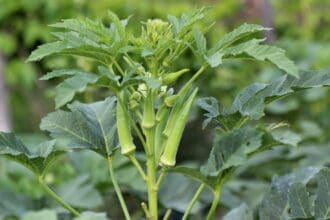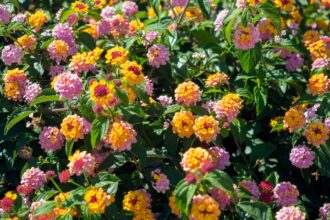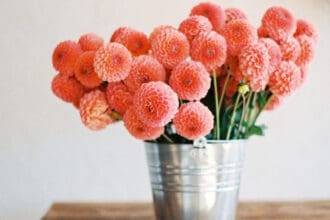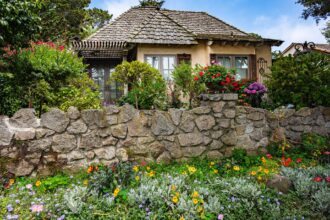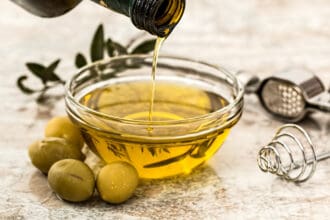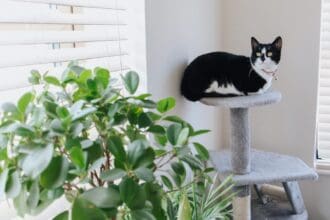
via: Pexels / Rachel Claire
Are you looking for types of ferns to add a beautiful texture to your garden?
Fern plants are exceptional when used in a shady home garden. They give you plenty of planting options due to the wide variety of fern species available. We've covered many types of houseplants before and helped gardening enthusiasts with their garden decorations.
Today, it's all about ferns. Let's start.
Contents
What are Ferns?
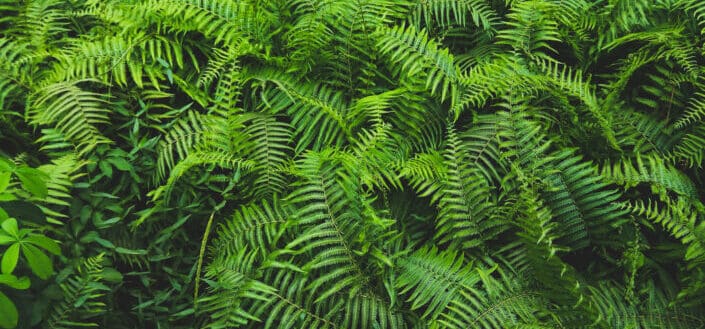
via: Pexels / PraiseToby Praise
Also known as Pteridophytes, ferns have been around for more than 360 million years. While they don't produce flowers or seeds, they do have leaves, stems, and roots. So, how do they reproduce?
Ferns usually reproduce sexually through tiny spores and sometimes vegetatively - a good example is a walking fern. While they're a lot like mosses, they differ by being vascular. This means they have particular tissues that conduct nutrients and water. Currently, there are more than 12000 species of ferns, and you can find all types of ferns worldwide in various habitats.
4 Most Common Type of Ferns for Gardening
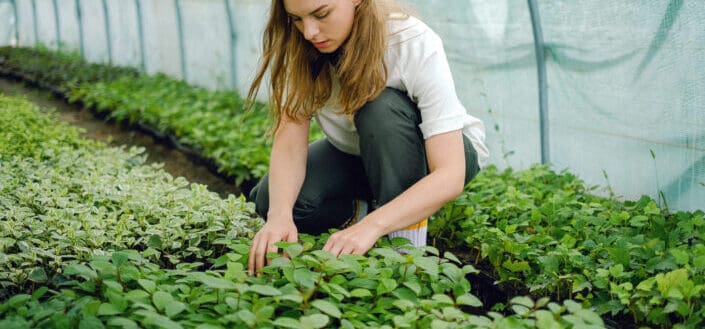
via: Pexels / Anna Shvets
Are you looking to inject some fun into your garden with some beautiful ferns? There are tons of types of ferns you can plant and choose from. We have the staghorn fern, Boston fern, Royal fern, and so on, but we'll talk about the most common fern variety. Planting ferns in the right spot can take your garden from glum to glam.
>
1. Christmas Fern
The Christmas fern is a deciduous evergreen fern plant whose scientific name is Polystichum acrostichoide. It is part of the wood fern family. This outdoor fern is referred to as the Christmas fern because parts, like its frond, stay green throughout the year. The fronds are 1-2 feet long and grow in bunches from a crownless stem. A fertile frond is taller than a nonfertile frond.
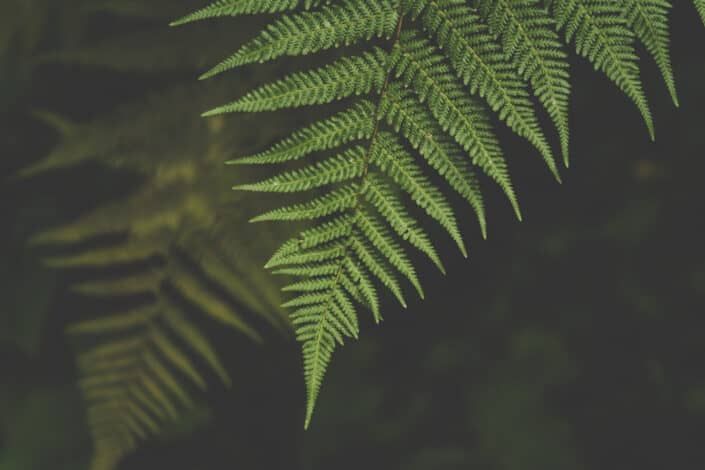
via: Pexels / Ylanite Koppens
2. Ghost Fern
The Ghost fern gets its name from the ghostly, silvery color that edges the fronds. This strong grower combines well with other plants, as well. Its whitish color darkens into a silvery green that grows well in light shade. What's great about it is that it is also a low-maintenance plant.
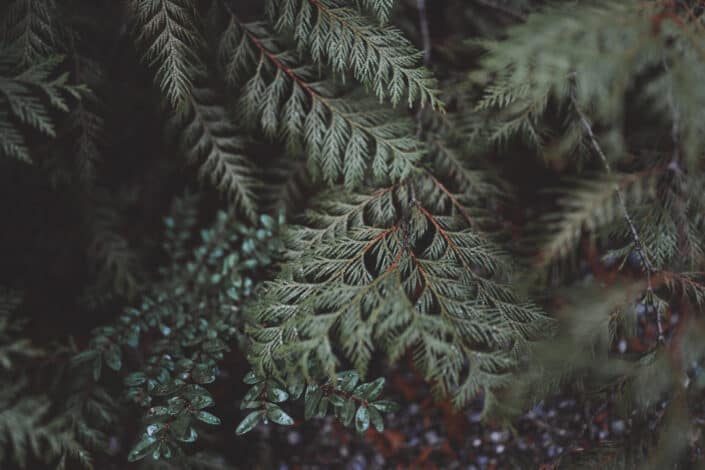
via: Pexels / Zack Melhus
3. Ostrich Fern
The ostrich fern is a deciduous fern that produces large, upright clumps of finely dissected green fronds. The fronds resemble ostrich plumes. The ostrich fern is a popular ornamental plant in most gardens. It is expansive and should be protected against wind and hail to prevent its leaves from losing their beauty.
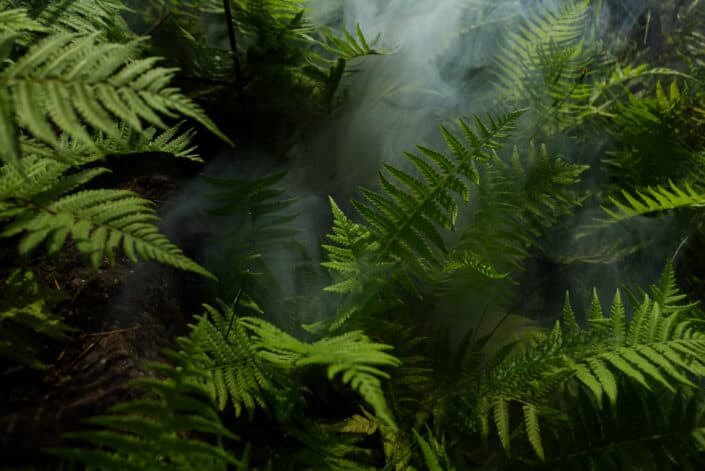
via: Pexels / Elias Tigiser
4. Leatherwood Fern
This is an easy-to-grow evergreen fern. It's a native fern that has bluish-green fronds that look great all season. The fern fronds are its most noticed feature. In most cases, its foliage retains the color even during winter. It's a shade-loving plant that doesn't spread. They love when it's damp and near water.
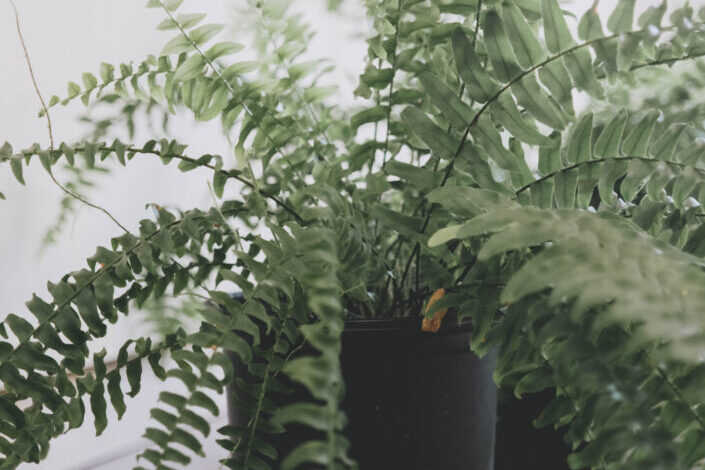
via: Pexels / Joshua Mcknight
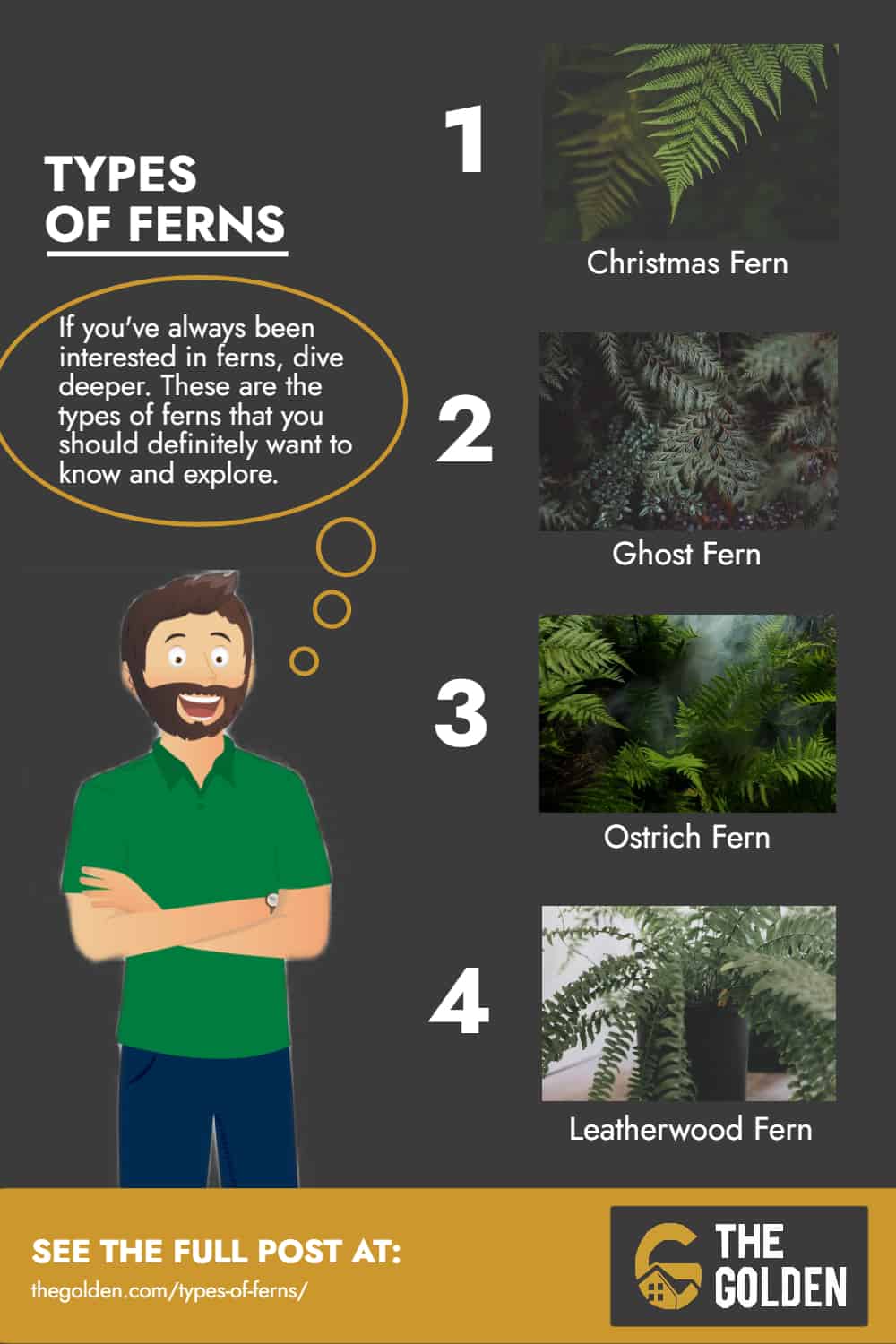
via: The Golden
Share This Image On Your Site
4 Popular Varieties of Indoor Ferns Good For Home Decoration
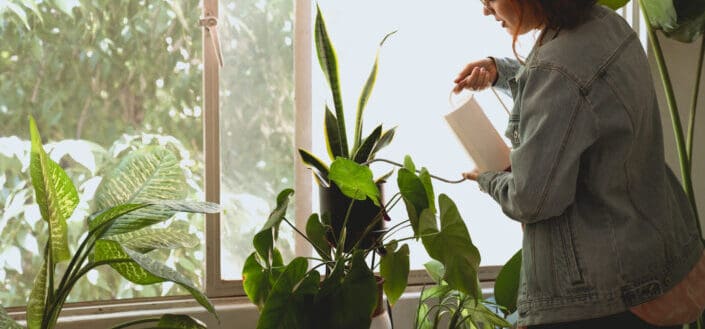
via: Pexels / Los Muertos Crew
Growing plants indoors is always a good idea for your interior. They help freshen up a room, boost air quality, and reduce stress. Ready to bring life into your interior? Indoor ferns can add just the right amount of intrigue to a room. They delight with their unpredictability and reassure with their steady presence.
5. Maidenhair Fern
The Maidenhair fern is a delicate plant with small, grey-green fronds and a lace-like appearance. There are many types of this fern. They usually grow on rock walls and in between rock fissures. The water seepage keeps them alive. They are a slow-growing fern, taking up to three years to be fully grown.
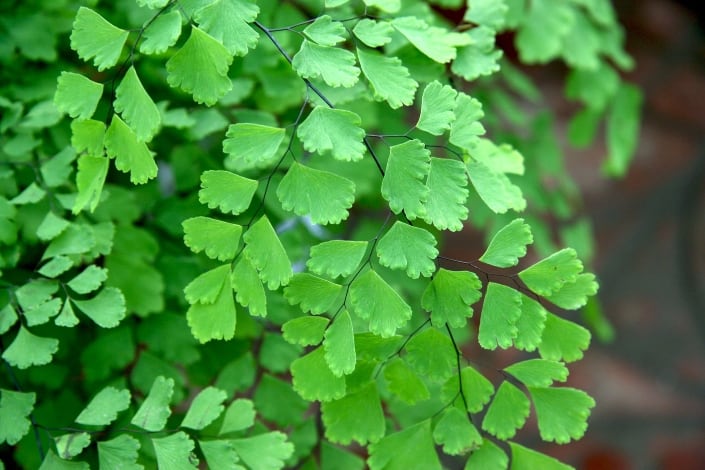
via: Depositphotos / lnzyx
6. Lemon Button Fern
The Lemon button fern is an excellent addition to any home since it grows no larger than 1 foot. It's best for those that have limited space for plants. It smells like lemon, hence the name. It's a low-maintenance plant, so it's a great one to have in your home. They are also great to put in animal terrariums because they're great partners for amphibians and other tropical animals.
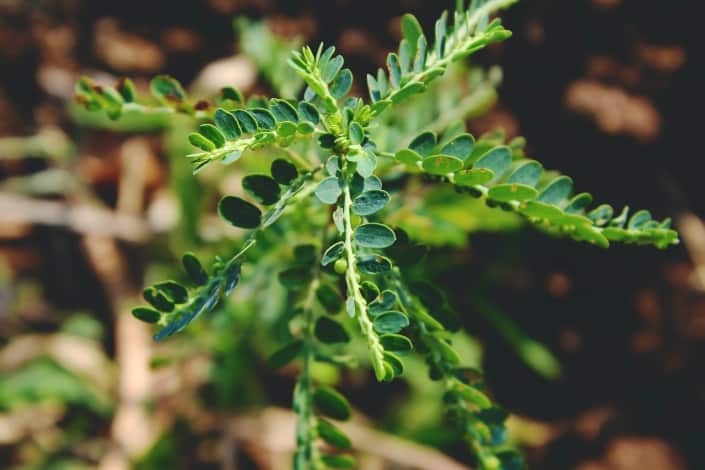
via: Pexels / Avinash Patel
7. Holly Fern
Native to Asia and Africa, the Holly fern is a drought-resistant plant that thrives in low light. They will love the dark corners of your garden. They can grow as tall as two feet, spreading out to about three feet wide. It can survive harsh winters and it's evergreen in mild climates.
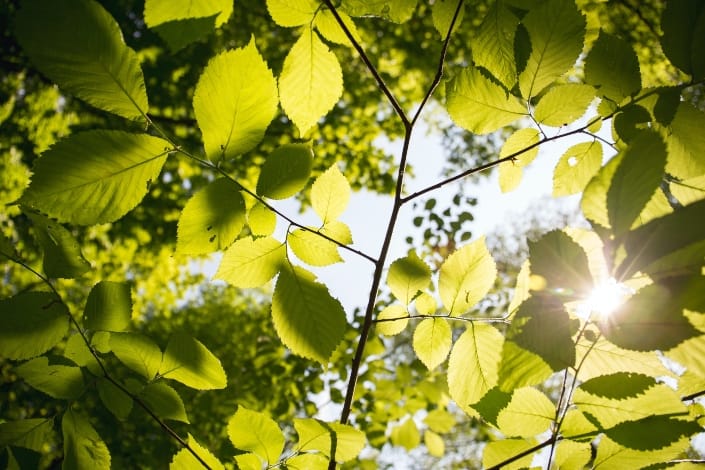
via: Pexels / Valiphotos
8. Silver Lace Fern
The silver lace fern is a small fern with slender, triangular, arched green fronds with silvery-white variegations. This plant loves shaded moist areas, so it's a good idea to keep it indoors. Its lace-textured leaves can spread up to 16 inches tall and 6 inches wide.
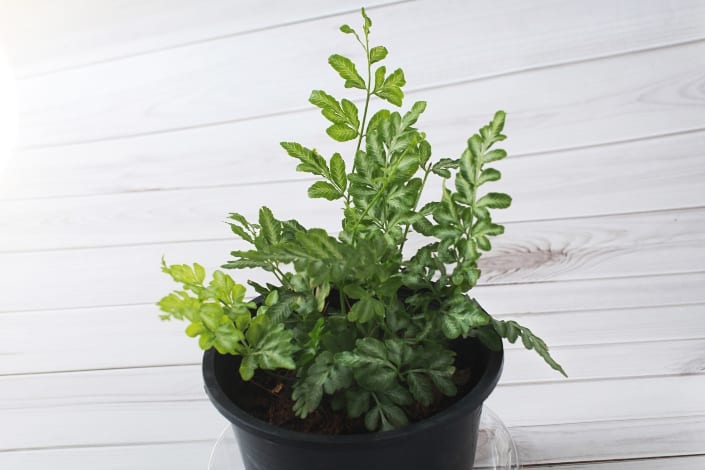
via: Depositphotos / depnakorn
5 Fern Facts: Interesting Trivia About Ferns You Can Share To Your Friends
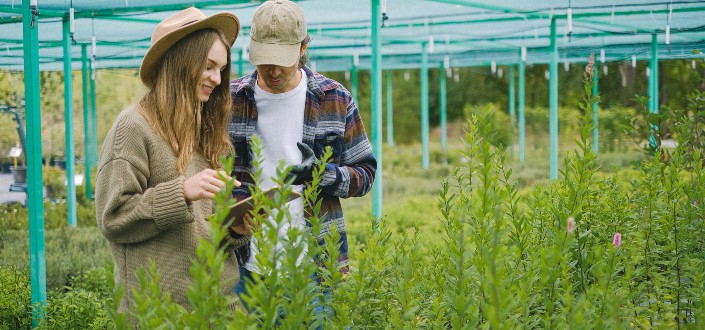
via: Pexels / Anna Shvets
If you're looking for some great trivia questions, you can always find some on our site here! While we've got some more science trivia questions on Mantelligence, fern trivia is fascinating too.
1. Ferns appeared way before the dinosaurs.
200 million years before flowers, ferns were already growing on earth. While ferns date back hundreds of millions of years, most of the earliest ferns have gone extinct. The ferns seen today are species that have actually only evolved recently. But when we say recently, we mean most have only evolved in the last 70 million years.

via: Pexels / Mike
2. Ferns don't have flowers or seeds!
Ferns have roots, stalks, and leaves, just like flowering plants. But unlike flowering plants, ferns don't produce seeds or flowers; they reproduce sexually by spores they make on the undersides of their leaves, or occasionally vegetatively, like the walking fern.
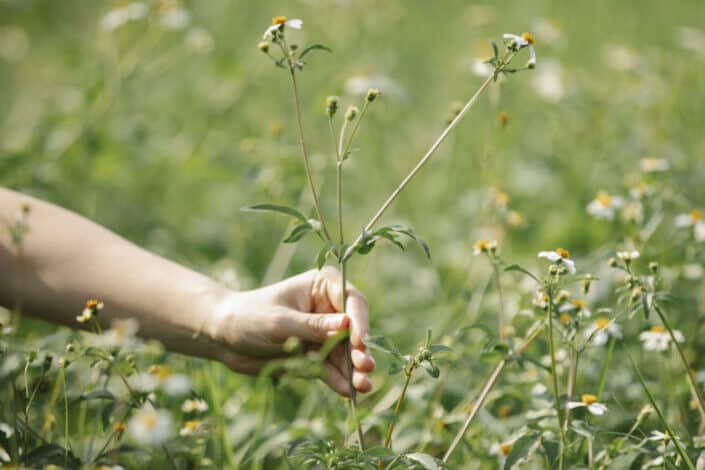
via: Pexels / Gary Barnes
3. Coal, gas, and oil deposits that fuel the world today are mostly from fossilized ferns.
Coal, oil, and gas are three of the most essential natural resources that we use daily. These fossil fuels are produced from the decomposition of ferns, and other plants and animals, as they undergo a chemical and physical change from thousands of years of pressure and high temperatures.

via: Pexels / Kelly Lacy
4. The smallest fern in the world is called Azolla cristata which grows in water.
The smallest fern documented in the world grows in a body of water. It usually has a size ranging from 0.5 to 1.5 cm which is less than one (1) inch. Moreover, Azolla serves as fertilizer for rice fields in Asia. Isn't that amazing?
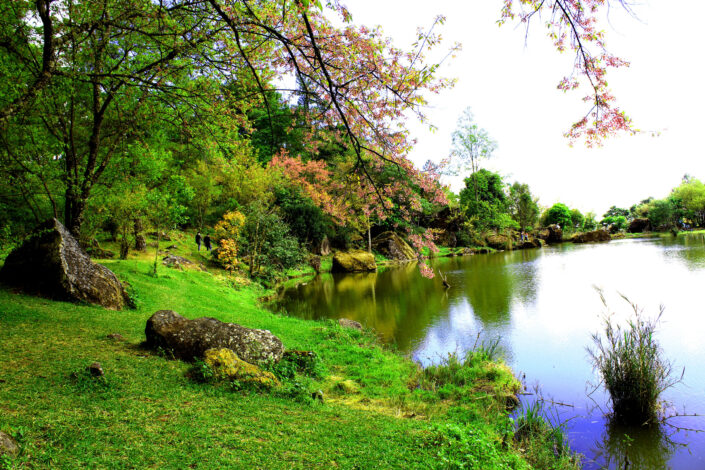
via: Pexels / icon0.com
5. Ferns exist on all continents except Antarctica!
From sea level to the crest of a mountain, there is a wide range of habitats for ferns. Many of them grow in wet, shaded areas. Epiphytic (air plants) species can grow on trees or rock faces without soil.

via: Pexels / Pixabay
Hilarious Fern Puns And Jokes That'll Make Your Day
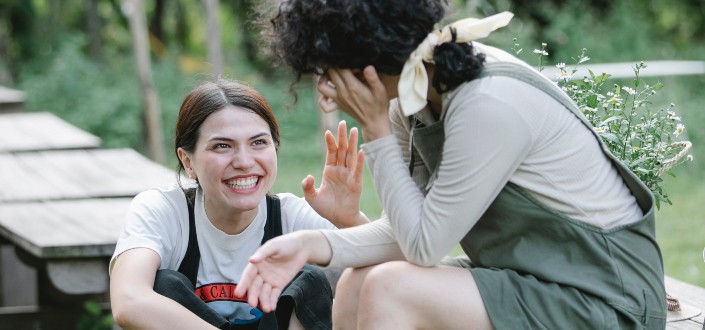
via: Pexels / Gary Barnes
A regular joke is good, but puns are funnier for their semantic ambiguity! We've got some good biology puns at Gamertelligence, but don't leaf just yet, first see our fern-tastic puns.
1. I don't know why people are making a big deal about Obama appearing between Two Ferns... I mean, Bill Clinton appeared between Two Bushes.
Okay, not fern bushes. Fern bushes like to be in part to full shade and planted in rich, well-drained soil. And it was only after the 1850s that the White House started seeing these plants as fresh flowers that were not part of the White House décor before the conservatories were built where the West Wing now stands.
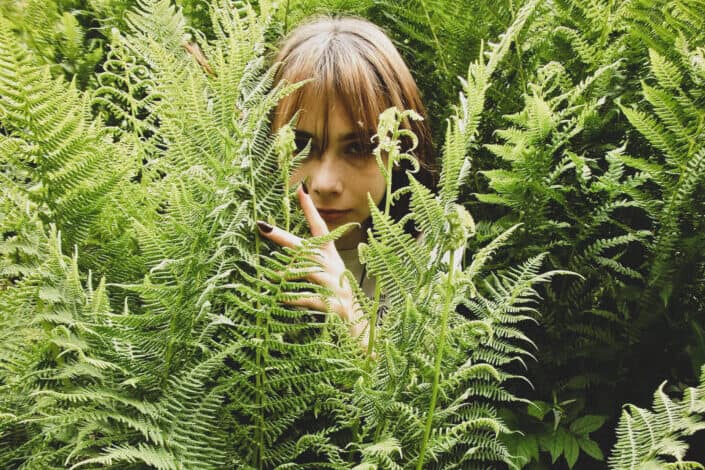
via: Pexels / Ana Stroffek
2. What household item can you make from ferns? Fern-iture.
Ferns make lovely household decorations and add spunk to your furniture, but did you know some are also edible? Roasted and sautéed Fiddlehead Ferns have a fresh flavor but might have a high price tag because they're only available for a short season.

via: Pexels / Rachel Claire
3. Plant puns are so ferny.
Botanists and plant scientists rely on the Linnean classification system, which places organisms within hierarchical groups. Polypodiophyta is what you call a class of ferns. Some of the classification categories include kingdoms, divisions, and families. But no, no fern-ships.

via: Pexels / Yaroslav Shuraev
4. If a plant adds you on social media, what's it called? You get a fern request.
If you get a fern request, then you're popular! Like ferns through the Victorian craze known as Pteridomania or Fern-Fever, which began in the late 1830s. During this time, ferns appeared on everything from fern motifs in sculptures and other art to gravestones and memorials. They were widely used for decoration in ways that many other plants could not because of their relatively flat fronds.

via: Pexels / Tim Samuel
5. I am your biggest fern!
Well, the Guinness World Record says the biggest, or rather the tallest fern is in the world is the tree fern Cyathea australis, which can grow 20m tall, and has fronds up to 3m long.

via: Pexels / Mikhail Nilov
Downloadable and Printable List of Type Of Ferns
Here is a downloadable and printable jpg/pdf list of types of ferns (right-click the image and select Save Image As...):

via: The Golden
Frequently Asked Questions
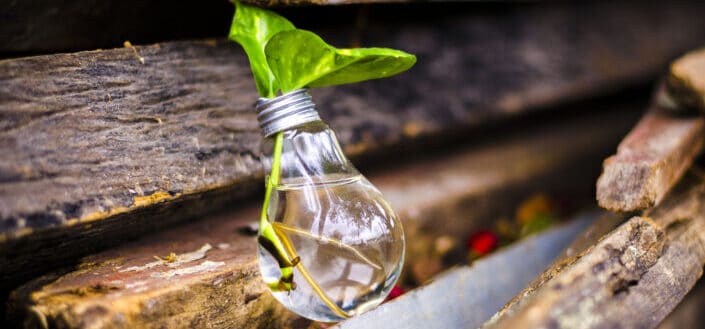
via: Pexels / Bruno Scramgnon
Now that you've gone through our carefully curated list of ferns, you probably have a few questions about types of ferns.
Where do ferns grow best?
Most ferns do well in shaded areas with moist, well-drained soil. Generally, they prefer slightly acidic soils with a pH of between 4.0 and 7.0. Some ferns grow better as indoor fern.
Do ferns need a lot of water?
It would be best if you watered ferns regularly, especially during the dry season. Adding a two-inch-thick layer of mulch helps keep the roots damp and cool. Water indoor ferns slightly once a day.
How do ferns propagate?
You can propagate fern plants in several ways:
- Diving fern plants from the garden in spring.
- Growing new plants from bulbils
- Propagating them using spores.
What is the lifespan of a fern?
There are many fern species, and they all need shade, water, and warmth. With proper care, some types of ferns can live up to 100 years. This information indeed makes growing ferns more interesting.
When should I buy ferns?
The best time to buy ferns is in spring. This is the time they respond best after the frost danger has passed. It's also okay to buy them in the summer. If you live in an area where you don't experience frost, you can buy ferns all year round.
How To Pick The Best Type of Ferns
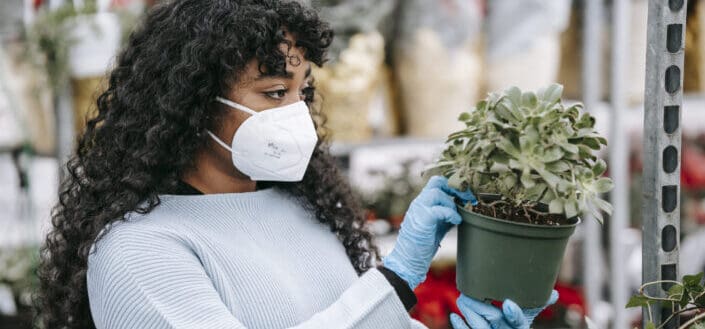
via: Pexels / Uriel Mont
For most people, picking the suitable fern for your garden or home usually boils down to three things - beauty, growth, and maintenance. Essentially, you want ferns that look good, grow well, and take as little effort as possible to maintain. But this is just the tip of the iceberg. We've compiled of list of considerations you should make when picking types of ferns.
1. Assess the Size of Your Space
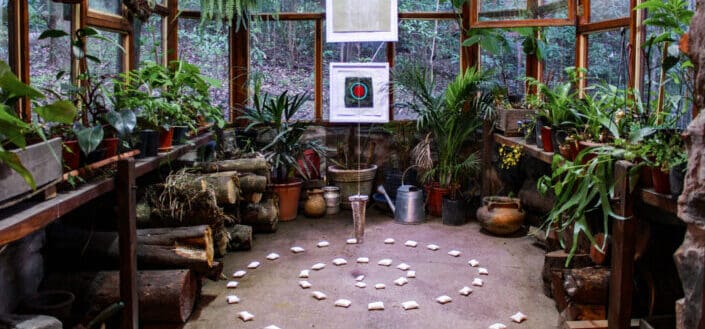
via: Pexels / Lucas Craig
Fern sizes range from minute plants of only 1 to 1.2 cm to giant tree ferns of 10 to 25 meters. They also vary widely in their width. For this reason, you need to consider your space and what will work best for it. If you've got room for ferns that grow up to 1 to 3 feet, then the Asparagus fern, Cinnamon fern, and Cretan Brake fern (also known as Pteris Cretica) will work for you. If you have more space, the royal fern and bird's nest fern will do.
2. Climate
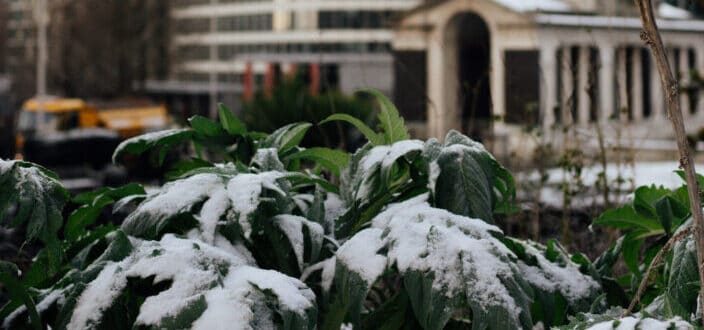
via: Pexels / Olga Lioncat
Ferns do well in average daytime temperatures between 65 to 75 degrees F and tolerate a dip of up to 10 degrees F at night. For temperatures above 75 degrees F, you'll need to water the ferns more frequently. And for temperatures below 60 degrees F, only add water when the top part of the soil feels dry to the touch. For humidity levels, you should aim for between 30% to 50% humidity in the room. Outdoors, ferns will do well in humidity levels of around 70%.
If you live in a region with long winters, you might want to consider the Christmas fern. This fern species is a hardy variety that needs little care and stays green all winter. Other hardy variety ferns include hay-scented fern, Japanese painted fern, lady fern, and sword fern.
3. Maintenance Needs
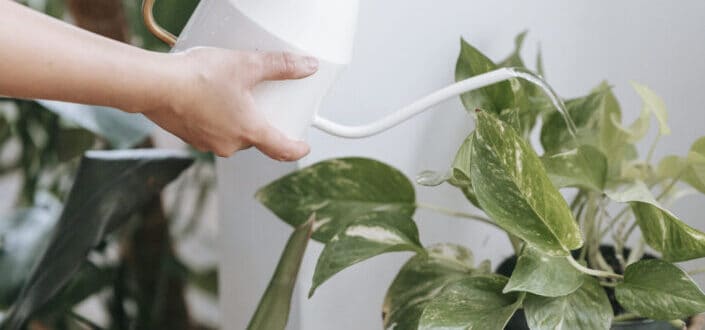
via: Pexels / Teona Swift
All ferns generally need the same thing: water, warmth, and shade. But at the same time, they differ widely in their maintenance needs. Find out how much pruning you need to do as well as the irrigation and fertilization needs. Ideally, you want to go for a plant with a few maintenance needs as possible. Some plants that are low maintenance include Bracken fern, osmunda fern, and foxtail fern.
More Unique Types of Plants
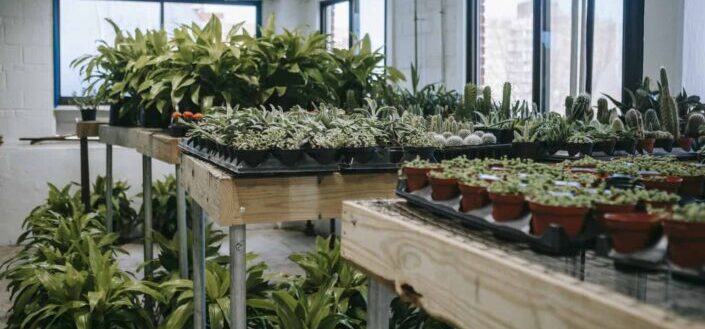
via: Pexels / Teona Swift
Ferns are an excellent addition to any garden, but they also make for great houseplants. They grow delicate leaves that unfurl into beautiful, long, lacy fronds. But there are a ton of other plants that can turn your garden into a bit of heaven. But if you prefer having a houseplant, we have that, too. Check out some of our recommendations:
- Rose succulents are adorable plants that are hot right now. They grow in the shape of a rose, so it's easy to see why they're so popular.
- Looking for a plant that produces colorful flowers to spice up your space? The Christmas cactus is just what the doctor orders. It comes in lilac or pink colors.
- Also referred to as the String of Pearls, Senecio rowleyanus is a beautiful succulent with bead-like leaves and small, fragrant white flowers.
In Conclusion
Whether you plant ferns in a hanging basket or use them as a groundcover, all types of ferns help bring some tropical ambiance to your garden. Not only are fern plants useful as decorations, but these fern species help infuse some greenery into your space. Include them in your shortlist when considering types of houseplants.












